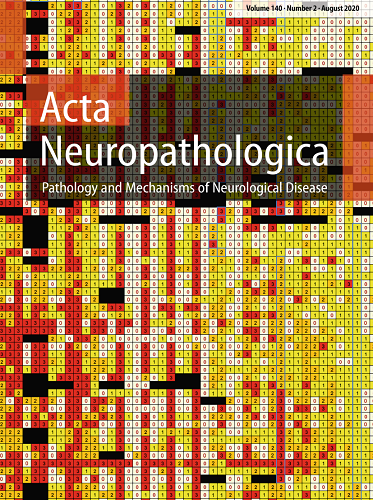Clinically unfavorable transcriptome subtypes of non-WNT/non-SHH medulloblastomas are associated with a predominance in proliferating and progenitor-like cell subpopulations
Abstract
The non-WNT/non-SHH (Grp3/Grp4) medulloblastomas (MBs) include eight second-generation subgroups (SGS; I–VIII) each with distinct molecular and clinical characteristics. Recently, we also identified two prognostically relevant transcriptome subtypes within each SGS MB, which are associated with unique gene expression signatures and signaling pathways. These prognostic subsets may be in connection to the intra-tumoral cell landscape that underlies SGS MB clinical-molecular diversity. Here, we performed a deconvolution analysis of the Grp3/Grp4 MB bulk RNA profiles using the previously identified single-cell RNA-seq reference dataset and focusing on variability in the cellular composition of SGS MB. RNA deconvolution analysis of the Grp3/Grp4 MB disclosed the subgroup-specific neoplastic cell subpopulations. Neuronally differentiated axodendritic GP3-C1 and glutamatergic GP4-C1 subpopulations were distributed within Grp3- and Grp4-associated SGS MB, respectively. Progenitor GP3-B2 subpopulation was prominent in aggressive SGS II MB, whereas photoreceptor/visual perception GP3/4-C2 cell content was typical for SGS III/IV MB. The current study also revealed significant variability in the proportions of cell subpopulations between clinically relevant SGS MB transcriptome subtypes, where unfavorable cohorts were enriched with cell cycle and progenitor-like cell subpopulations and, vice versa, favorable subtypes were composed of neuronally differentiated cell fractions predominantly. A higher than median proportion of proliferating and progenitor cell subpopulations conferred the shortest survival of the Grp3 and Grp 4 MB, and similar survival associations were identified for all SGS MB except SGS IV MB. In summary, the recently identified clinically relevant Grp3/Grp4 MB transcriptome subtypes are composed of different cell populations. Future studies should aim to validate the prognostic and therapeutic role of the identified Grp3/Grp4 MB inter-tumoral cellular heterogeneity. The application of the single-cell techniques on each SGS MB separately could help to clarify the clinical significance of subgroup-specific variability in tumor cell content and its relation with prognostic transcriptome signatures identified before.


 求助内容:
求助内容: 应助结果提醒方式:
应助结果提醒方式:


